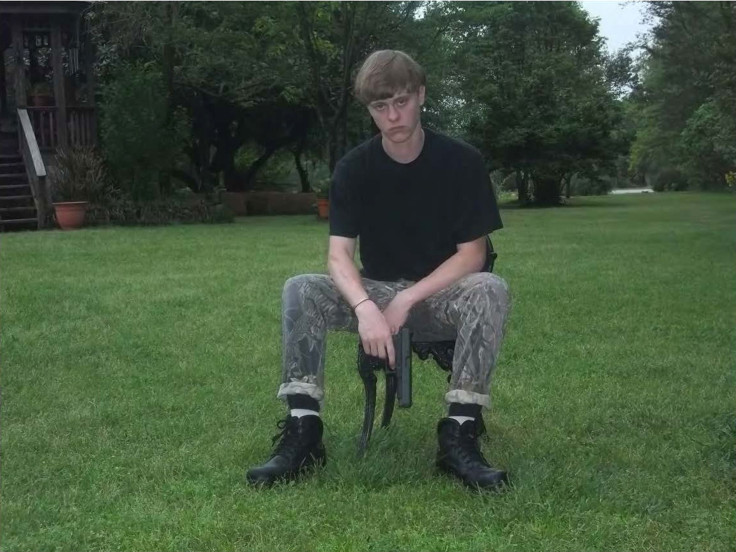Will Dylann Roof Be Sentenced To Death? Charleston Shooter Won't Bring New Evidence, Witnesses To Sentencing Hearing

Dylann Roof, who killed nine people in a June 2015 massacre at a Charleston church, told the judge presiding over his federal case Wednesday that he still planned to represent himself, and didn’t plan on bringing any evidence or witnesses to the table for his Jan. 3 sentencing hearing, according to local media reports.
After a Charleston jury found him guilty on all 33 federal charges, including the racially-motivated murders of nine parishioners at the city’s Emanuel African Methodist Episcopal Church, Columbia native and avowed white supremacist Dylann Roof appeared at a hearing Wednesday, ahead of his Jan. 3 sentencing phase. Roof will represent himself for the remainder of the federal trial, in which prosecutors are seeking the death penalty.
Roof said in a conference at a South Carolina district court Wednesday that he would deliver a statement after U.S. government prosecutors delivered theirs at the sentencing phase of the trial.
"I do intend to give an opening statement after their's," he said at the hearing, referring to federal prosecutors' final arguments at the sentencing phase the following week. While Roof chose to represent himself during this portion of the trial, his attorney appeared in court and appeared to be advising him, according to local reporters.
Roof also faces a state trial, set to begin two weeks after his federal sentencing hearing. Prosecutors in the state case, which carries 13 charges, are also pushing for the death penalty.
#DylannRoof also told judge he does not plan to present any evidence or call any witnesses. #RoofTrial
— Abigail Darlington (@A_Big_Gail) December 28, 2016
"Anything further?" Gergel asks. "That's all," Roof says. He walks back to the table, his shackles audible. @wis10 #DylannRoof #RoofTrial
— Chad K. Mills (@ChadKMills) December 28, 2016
Even though #DylannRoof is representing himself, defense atty David Bruck sat in designated chair for lead counsel. @ABCNews4 #chsnews
— Bill Burr (@BBonTV) December 28, 2016
"I-I-I do wish to give an opening statement after their's," he says. #sctweets @wis10 #DylannRoof #RoofTrial
— Chad K. Mills (@ChadKMills) December 28, 2016
As for why Roof chose to dispose of his court-appointed defense, the 22-year-old’s lawyers told the Associated Press that when they advised him that evidence he planned to present to the court would be embarrassing, he disagreed, as he believed it would convince the jury—composed of eight white women, two black women, a white man and a black man—to save his life.
© Copyright IBTimes 2025. All rights reserved.






















